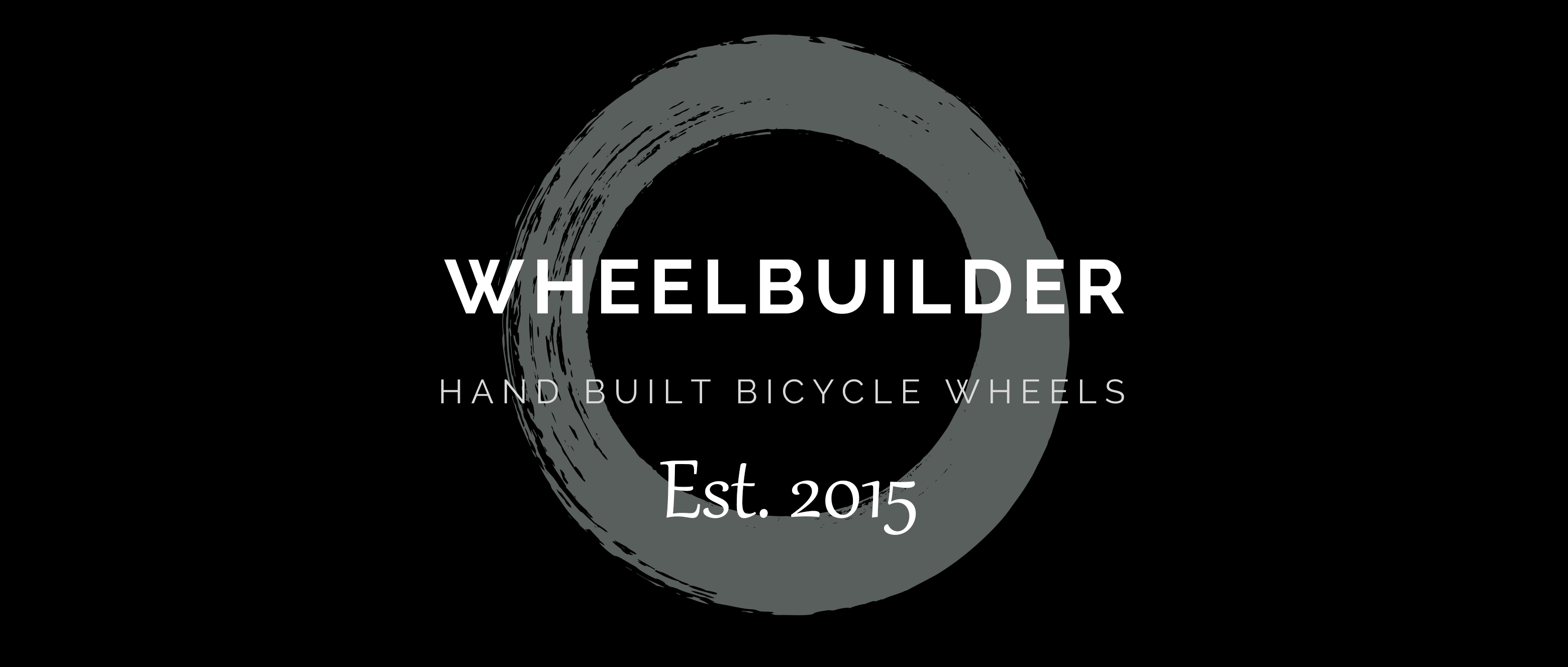I build bicycle wheels by hand.
Why? Because that’s the way bicycle wheels should be built. With precision and to tight tolerances.
This approach ensures reliability, responsiveness, durability and many years of service, not to mention ease of maintenance. If the wheel has been assembled properly it is easier to true or repair at a later stage if one needs to replace the spokes, hub or rim.
Preparation:
Spoke length is critical – too long and the spoke threads too far into the nipple and may weaken it, too short and you risk the threads pulling loose from the nipple or the nipple itself breaking.
Neither scenario is an option.
Each hub/rim combination and spoke lacing pattern have a set of dimensions which determine the correct spoke lengths to be used. This is why it’s often impossible to re-use spokes when replacing rims or hubs which are not the same.
I lubricate the spoke threads, preventing spoke twist when tensioning and also preventing the nipple from seizing onto the spoke. If this happens, truing the wheel at a later stage becomes almost impossible. Most of the time I choose not to lubricate the nipple/rim interface. Brass nipples, when used with an alloy rim, are effectively self-lubricating. This lack of lubrication at the rim helps prevent the nipple from loosening over time.
Lacing:
Depending on the wheel and type of bike or riding that it will be used for, I lace the spokes in a number of possible arrangements. This ranges from “radial” where the spoke connects to the rim without crossing another spoke, to 3-cross, where each spoke crosses 3 other spokes on its way to the rim.
This is a critical process and must be done exactly right, otherwise the wheel will not come together properly. Most of the time I employ the 3-cross pattern as it generally provides the strongest wheel.
Tensioning:
Once the rim has been laced to a hub, I tighten each spoke by hand, evenly and slowly increasing the tension around the rim to ensure that the wheel is laterally and radially true, building a wheel that neither hops nor wobbles.
During the tensioning process, the “dish” is also adjusted, making sure that the rim is be centered in the frame or fork. I use a number of techniques to make sure that the spokes are evenly and properly seated and that they’re not twisted. There should never be any popping or pinging of spokes when the bike is ridden. This is the sound of spokes untwisting and results in uneven and reduced spoke tension, causing a wheel to go out of true over time.
Finishing:
The wheel is finished when all spokes have reached optimum and even tension and the wheel is perfectly round and true. Barring an accident, it should stay this way for many years. If it’s a mountain bike wheel that will use tubeless tyres, and if you need me to, I then install tubeless rim tape to seal the spoke holes and install the tubeless valve stem. The wheel is now ready to have a tyre mounted and be ridden.
If the rim is not going to be used in a tubeless fashion, I install the rim strip that comes with the rim from the factory, preventing the tube from being punctured by the spoke holes and it’s ready for a tyre and a ride.
Guarantee of quality:
Every wheel that I build has a lifetime workmanship guarantee. If the rim goes out of true during normal use I will true the wheel free of charge. Obviously this excludes crash or impact damage which is not uncommon, especially if the wheel is used for mountain biking.
It’s important to remember that if a wheel is involved in an accident and is buckled past a certain limit it may be impossible to straighten the rim and retain proper and correct, even spoke tensions and the rim may need to be replaced.
I believe that spokes should not break during normal use. If you break spokes in a wheel I’ve built, I’ll replace them and true the rim at no cost to you.
The components I supply – rims, hubs and spokes – are warrantied by the manufacturer against manufacturing defects, so if you experience any failure of this sort, we are both covered.




No Responses